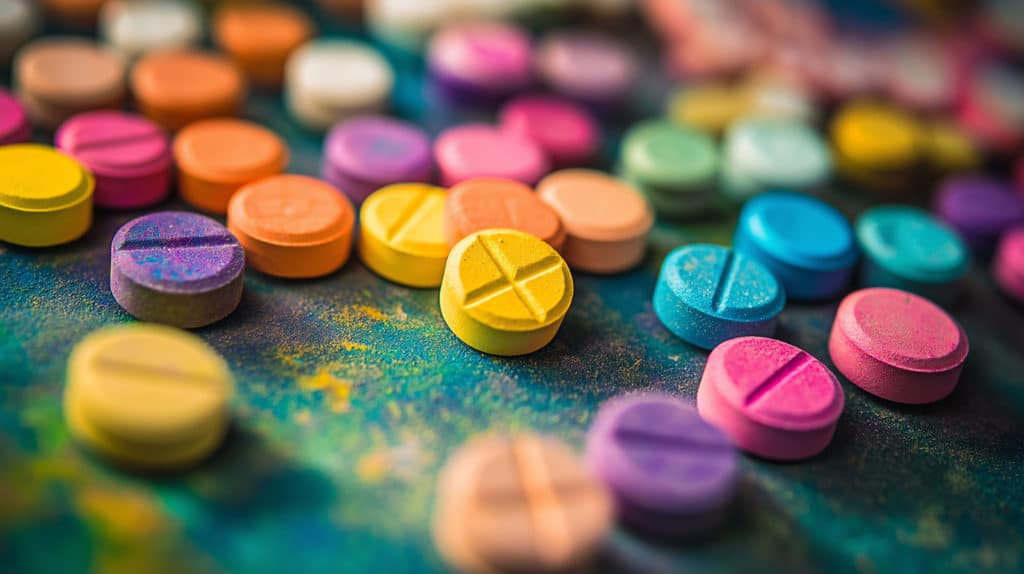
Since its discovery in the 1940s, LSD (lysergic acid diethylamide) has been closely associated with creativity. From artists and musicians to scientists and tech pioneers, many have claimed that LSD played a role in unlocking new perspectives, inspiring groundbreaking work, and expanding the imagination. While historical anecdotes paint a vivid picture of LSD’s influence on human creativity, modern scientific research provides a more nuanced view.
Historical Anecdotes: LSD and the Creative Explosion
The 1960s counterculture brought LSD into mainstream awareness, particularly through the arts. Renowned musicians such as The Beatles, Jimi Hendrix, and The Grateful Dead openly credited psychedelic experiences with shaping their music. The Beatles’ albums Revolver and Sgt. Pepper’s Lonely Hearts Club Band are often cited as creative products influenced by LSD. Visual artists, poets, and writers also explored the psychedelic space, producing works that broke traditional boundaries of style and perception.
Beyond the arts, some scientists and innovators Buy LSD UK reported creative insights while under LSD. For example, Nobel Prize–winning chemist Kary Mullis, who invented the polymerase chain reaction (PCR), credited LSD with helping him think in unconventional ways. Similarly, the early technology community in Silicon Valley, including engineers and programmers, experimented with LSD to enhance problem-solving and creative vision. These stories reinforced the idea that LSD could act as a catalyst for innovation.
Modern Scientific Studies: Testing the Claims
While anecdotes are compelling, science demands measurable evidence. In recent decades, researchers have begun to study LSD’s impact on creativity under controlled conditions. The results are complex, showing both promise and limitations.
-
Divergent thinking: Some studies suggest that LSD may enhance divergent thinking—the ability to generate multiple solutions to a problem. This aligns with reports of enhanced brainstorming and “outside the box” thinking.
-
Neural connectivity: Neuroimaging research shows that LSD increases communication between brain regions that don’t normally interact. This “hyperconnectivity” may explain why users experience novel associations and creative insights.
-
Limitations: However, scientific studies also note that while LSD may enhance the quantity of ideas, it does not always improve their quality. Increased associations can lead to imaginative but impractical results.
-
Placebo effects: Recent microdosing research suggests that some perceived creativity boosts might be influenced by expectations rather than the drug itself.
The Balance Between Inspiration and Chaos
One key challenge in linking LSD to creativity is that the same qualities that spark imagination—disrupted thought patterns, heightened perception, and emotional intensity—can also create confusion or overwhelm. For some, LSD may foster artistic breakthroughs; for others, it may lead to chaotic or unusable ideas. The context, or “set and setting,” plays a critical role in determining outcomes.
Conclusion
LSD’s reputation as a creativity enhancer is rooted in powerful historical anecdotes from artists, musicians, scientists, and innovators. Modern research supports some of these claims, particularly in areas like divergent thinking and neural connectivity, while also highlighting limitations and placebo effects. Ultimately, LSD appears less like a guaranteed path to creativity and more like a tool that, under the right conditions, may expand the mind’s potential for new perspectives.